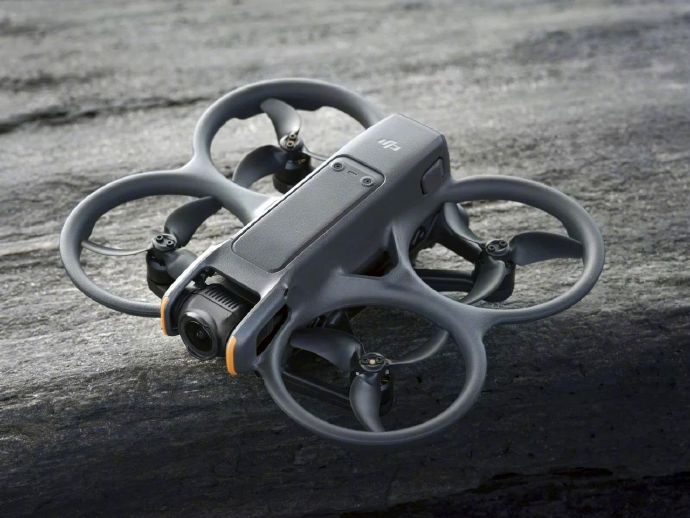The world of aviation has seen remarkable innovations over the past few decades, particularly with the advent of drone and airplane technologies. As we delve into these advancements, we are witnessing the integration and evolution of technologies that are reshaping aerial transportation and surveillance. This exploration into the realm of drones and airplanes not only highlights technological progress but also uncovers the potential applications and impacts they bring.
Innovative Features of Drones
Drones, also known as unmanned aerial vehicles (UAVs), have rapidly gained popularity due to their versatility and the myriad of applications they support. From aerial photography and videography to monitoring wildlife and mapping difficult terrains, drones provide functionalities that were previously unattainable. The integration of high-definition cameras, GPS, and AI-powered stabilization systems have made drones an essential tool in many industries.
The ability to navigate through challenging environments without the need for a pilot onboard is one of the most significant features of drone technology. This has been particularly beneficial in disaster management, where drones can fly into areas humans cannot safely reach. Another key innovation is the use of drones in agriculture, where they are used for precision farming by capturing images and data to optimize crop yield.
With advancements in battery life and increased payload capacity, future drones are expected to become even more efficient, autonomous, and capable of longer flight times. As these developments continue, drones will play an integral part in surveillance, delivery services, and, more broadly, in the Internet of Things (IoT) ecosystem.
Modern Airplane Technologies
The transformation within airplane technologies is equally impressive, characterized by improvements in fuel efficiency, aerodynamics, and passenger comfort. Today’s airplanes are built with lightweight materials that reduce fuel consumption while maintaining robustness and safety standards. Innovations like the development of quieter jet engines contribute significantly to reducing noise pollution, especially in urban environments.
One area where airplane technology has made a substantial impact is in the implementation of advanced navigation systems. These systems use satellite technology to provide precise data, enabling smoother and more efficient flight paths. Moreover, improvements in cockpit technology allow pilots to receive and interpret real-time data, increasing overall flight safety.
The future of airplanes involves further integration of automation and AI, potentially leading to more autonomous flight capabilities. With these advancements, the aviation industry aims to reduce human error, enhance operational efficiency, and improve the passenger experience. Technologies emerging in this space are paving the way for the evolution of electric airplanes, which promise sustainability and zero emissions.
Integration of Drone and Airplane Technologies
The amalgamation of drone and airplane technologies presents a plethora of possibilities. By leveraging the strengths of both, we can envision a future where drones are seamlessly integrated into the airspace with traditional aircraft. This integration would allow for innovative solutions such as facilitating traffic management in densely populated regions and enhancing cargo delivery methods.
Furthermore, the collaborative use of these technologies could bolster environmental monitoring, providing comprehensive data over large areas efficiently. As we explore these synergies, the regulatory frameworks governing airspace are evolving to accommodate the dynamic interplay between drones and airplanes, ensuring safety and compliance.
As these technologies continue to advance, the potential for drones and airplanes to complement each other becomes increasingly significant, expanding possibilities within aerospace engineering.
Frequently Asked Questions
Q1: How do drones impact privacy?
A: Drones equipped with cameras can raise privacy concerns. Regulations are in place to manage drone operations and protect privacy; it is crucial that operators adhere to these guidelines.

Q2: What are the environmental benefits of electric airplanes?
A: Electric airplanes produce zero emissions, helping reduce the carbon footprint associated with air travel and supporting sustainability in aviation.
Q3: How are drones used in agriculture?
A: Drones assist in precision agriculture by gathering data to optimize irrigation, monitor crop health, and improve yield, thus enhancing farming efficiency.